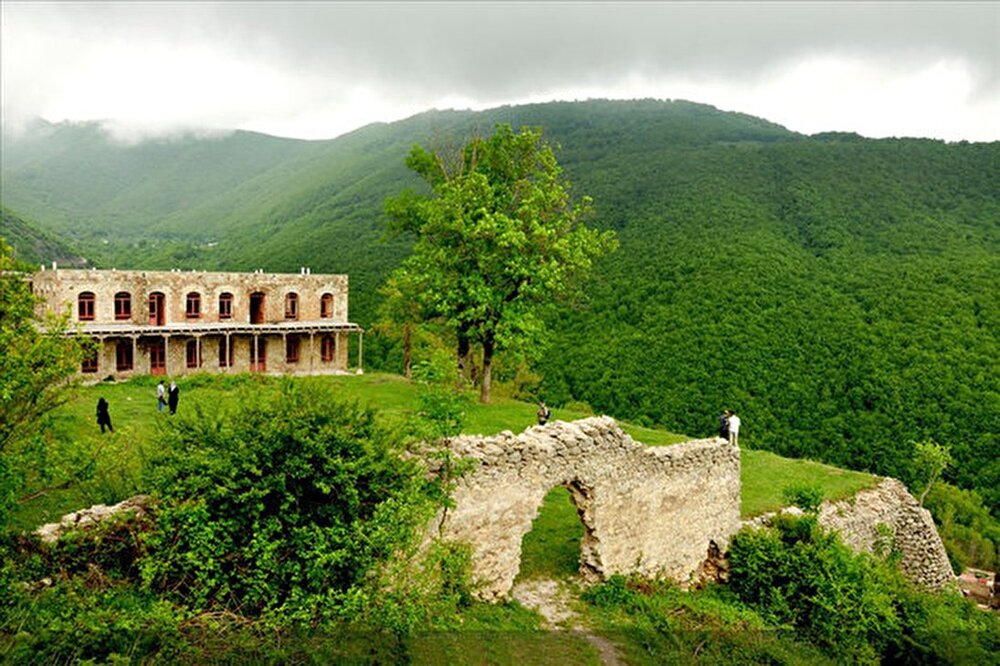Iran optimistic to win UNESCO status for geopark

TEHRAN – Iran is hoping to win a UNESCO recognition for its Aras Geopark, which covers an area of about 1670 square kilometers.
The possible registration of Aras Geopark is under study by UNESCO, and if approved by the experts of the supreme council of world geoparks, it will be Iran’s second registered geopark after Qeshm Geopark.
Prof. Tran Tan Van, a senior assessor from the UNESCO Global Geoparks (UGGp), has recently appreciated the continuous efforts made by the Aras Free Zone Organization in the realms of studying, identifying, and preserving this geological heritage, the report said.
The expert made the remarks during a meeting with the authorities of Aras Geoparks, adding a possible registration would meet strict criteria.
An appropriate understanding of geology and how a geopark is formed is not enough to establish and enter the UNESCO Global Geoparks, the expert said.
He went on to highlight that the ability of a geopark to develop local livelihoods, knowledge of indigenous customs, and the welfare of local communities are important factors to help achieve this privilege.
Over the past couple of years, Aras Geopark has made its best to become well qualified for the UNESCO status, the report added.
Situated in East Azarbaijan province, Aras Geopark covers an area of about 1670 square kilometers, sprawling across the whole Jolfa county. The topography is generally extremely steep and forms astonishing landscapes so the highest point in the Jolfa region is the Kiyamaki mount with 3347 meters and the lowest points include the northern boundary and the Aras River valley with 720 to 390 meters.
The property has an appropriate geo-tourism attraction, because of its mountainous landscapes, an outcropping of different sedimentary and igneous rocks, diversity in tectonic structures, semi-cold and semi-arid climate, and diverse flora and fauna.
The UNESCO-designated Qeshm Geopark in the Persian Gulf embraces a wide range of ecotourism attractions such as the Hara marine forests and about 60 villages dotted mostly across its rocky coastlines. Qeshm Island has an abundance of wildlife, including birds, reptiles, dolphins, and turtles as well.
A UNESCO definition of the global geopark is a unified area with a geological heritage of international significance.
Experts say geoparks usually promote awareness of geological hazards, including volcanoes, earthquakes, and tsunamis and many help prepare disaster mitigation strategies with local communities. Moreover, they yield records of past climate changes and are indicators of current climate changes as well.
AFM
